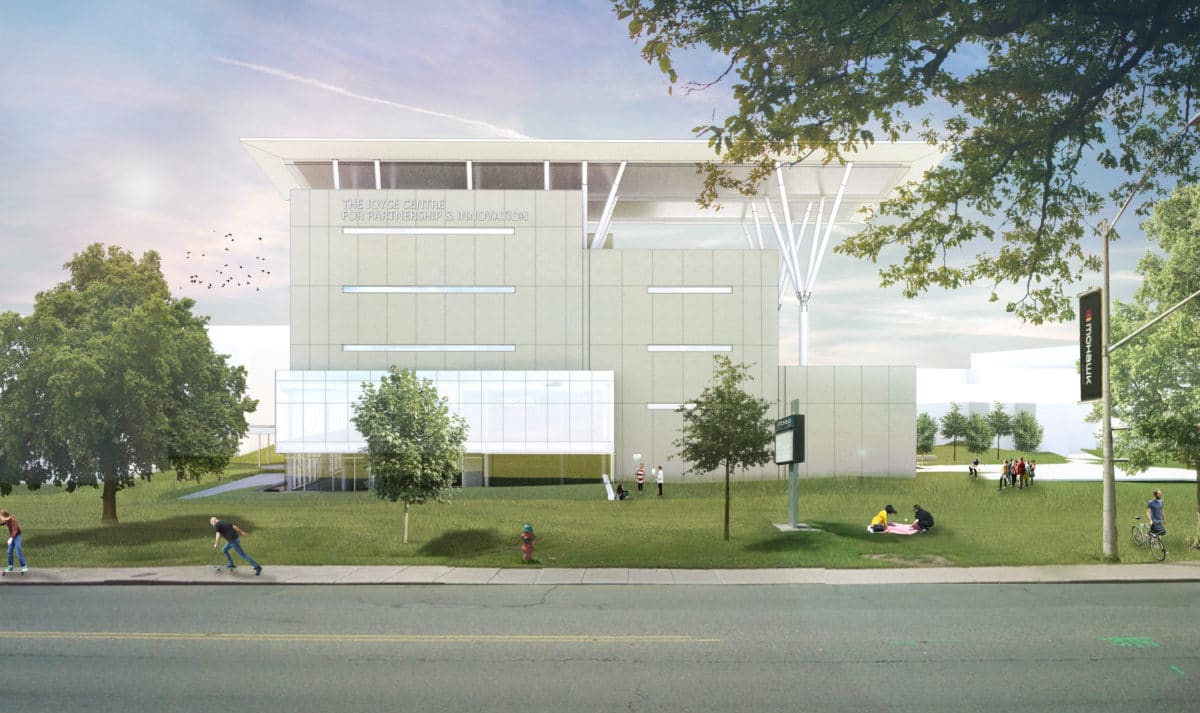
WSLA Insights is a special section in each issue of gb&d magazine where alums from the Women in Sustainability Leadership Award share their guidance and leadership experience.
Learning to Drive
How can we extend the impact of our buildings beyond themselves? As designers, we can continue to craft sustainable buildings, but without a supporting culture in place to recognize and encourage our innovation, we are limiting our success. It’s like designing an electric vehicle without supplying the grid. Sustainable design involves embedding a cultural infrastructure to educate and inform the users.
The act of designing and building sustainable facilities is only part of the equation. The strategic role designers play in optimizing how these buildings are used and operated is exponential once they are built.
At B+H Architects, we work on projects in some of the most high-impact urban communities around the world. From Asia to North America, we have learned firsthand that if you involve the people and the community in the project from day one, the users will inhabit the building’s sustainable features. They ultimately dictate our success because they are the ones with the power to sustain sustainability.

Joyce Centre for Partnership & Innovation at Mohawk College’s Fennell Campus is on track to be net-positive. [Rendering: Courtesy of B+H + mcCallumSather]
Net Zero Buildings
An engaging example of the need to educate while we design is the new Joyce Centre for Partnership & Innovation at Mohawk College’s Fennell Campus in the former steel town of Hamilton, Ontario. The project, scheduled to be substantially complete in mid-May, will be the largest net zero energy institutional building in the region and is currently on track to be net-positive carbon, adding net zero water and waste as deliverables. A joint venture partnership with B+H Architects and local Hamilton firm, mcCallumSather, it will be the first of 16 projects in Canada to be complete and operational under the Canada Green Building Council (CaGBC)’s two-year Zero Carbon Building Standard pilot project. The findings from these projects will be the basis of CaGBC’s new Zero Carbon Buildings Framework.
Participating in the pilot program has driven our design team to quantify how the building will be occupied. There are a host of sustainable innovations throughout its design—from solar panel “wings” on the roof and geothermal heat sourcing to a high-performance, triple-glazed curtain wall. However, it’s focusing on the building operations that has come to define our success. Early in the process, we developed a strict energy budget alongside our cost budget to ensure all design choices would deliver the mandated energy targets.

[Rendering: Courtesy of B+H + mcCallumSather]
When a Building Becomes a Teaching Tool
No building exists in a vacuum. As sustainable designers, we need to be aware of the human/carbon ecology of its community. From human interaction to community use of the space, how can we create an environment that empowers people to make conscious choices to conserve?
Responsive in its design, the Joyce Centre’s continuous performance feedback allows users to monitor the energy they are consuming in real-time. Energy consumption is no longer abstract, which establishes a culture of awareness. A student can be forgiven in assuming it’s their right to charge their phone and laptop at school. By making data disclosure a central feature of our design, we’re demonstrating the impact that choice has on overall building performance.
The Joyce Centre is not just a lab building. In many ways, it’s also a teaching tool for students, training them to deliver a more sustainable future. Engineering and trade students will engage with the net zero lab and renewable energy lab and will learn how to operate the building. They will be able to monitor the building’s energy usage via an app, a website, and other data measurement tools.
The building’s experiential learning environment explores the symbiotic relationship between all stakeholders and underscores the importance of a cultural shift in how we interact with our built environment—from unrestricted consumption to personal accountability.
Read Lisa Bate’s past guest column and more WSLA Insights.
 Lisa Bate is B+H Architects’ regional managing principal of North America. The 2016 Women in Sustainability Leadership Award winner is also an ambassador for sustainable design. Lisa has held positions on environmental boards like the Canada Green Building Council and the United Nations Environmental Protection–Sustainable Buildings and Climate Initiative. She currently sits on the board of directors for the World Green Building Council.
Lisa Bate is B+H Architects’ regional managing principal of North America. The 2016 Women in Sustainability Leadership Award winner is also an ambassador for sustainable design. Lisa has held positions on environmental boards like the Canada Green Building Council and the United Nations Environmental Protection–Sustainable Buildings and Climate Initiative. She currently sits on the board of directors for the World Green Building Council.
